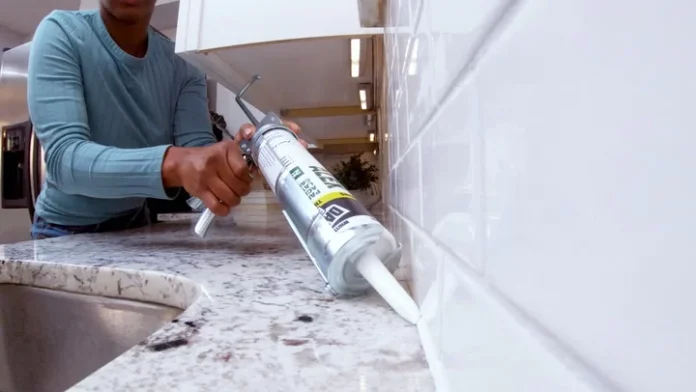Caulking is an essential aspect of home maintenance that often goes unnoticed until problems arise. Whether you’re sealing gaps to improve energy efficiency or preventing water damage, house caulking plays a vital role in maintaining your home. This guide will walk you through everything you need to know about house caulking, from its benefits to the best practices for applying it.
What is House Caulking?
House caulking involves sealing joints or gaps between two materials to prevent water, air, insects, and dust from entering your home. It’s typically used around windows, doors, bathtubs, and other fixtures. Caulking compounds are made from a variety of materials, including silicone, latex, and polyurethane, each offering different benefits and suitable for different applications.
Benefits of House Caulking
1. Energy Efficiency
One of the primary benefits of house caulking is improved energy efficiency. By sealing gaps and cracks, caulking helps prevent drafts, which can lead to significant energy savings. Properly sealed homes require less heating in the winter and less cooling in the summer, reducing your energy bills.
2. Moisture Control
Caulking prevents water from entering your home through gaps around windows, doors, and other fixtures. This is crucial in preventing water damage, mold growth, and structural issues. Effective caulking ensures that moisture stays outside where it belongs.
3. Pest Prevention
Small gaps and cracks can be entry points for insects and rodents. House caulking seals these openings, helping to keep unwanted pests out of your home. This is particularly important in areas prone to infestations.
4. Improved Aesthetics
Caulking can also improve the appearance of your home by filling in unsightly cracks and gaps. This is especially beneficial around trim, molding, and other decorative elements where gaps can be more noticeable.
Types of Caulking Compounds
Choosing the right caulking compound is crucial for achieving the best results. Here are the most common types:
1. Silicone Caulk
Silicone caulk is known for its flexibility and durability. It’s ideal for areas exposed to water, such as bathrooms and kitchens, because it remains waterproof and doesn’t shrink or crack over time. However, it can be difficult to paint over.
2. Latex Caulk
Latex caulk, also known as acrylic caulk, is easy to apply and clean up. It’s paintable, making it perfect for interior applications where appearance is important. Latex caulk is less flexible than silicone, so it may not be suitable for areas with significant temperature fluctuations.
3. Polyurethane Caulk
Polyurethane caulk is incredibly durable and adheres well to a variety of surfaces. It’s ideal for exterior applications due to its resistance to the elements. However, it can be more challenging to apply and requires solvent cleanup.
How to Apply House Caulking
1. Preparation
Before applying caulk, it’s essential to prepare the area. Remove any old caulk or debris from the joint using a putty knife or a caulk removal tool. Clean the surface thoroughly to ensure the new caulk adheres properly.
2. Choosing the Right Caulk
Select the appropriate caulk for your specific needs. Consider factors such as the location (interior or exterior), exposure to water, and whether the area needs to be painted.
3. Application
Cut the tip of the caulk tube at a 45-degree angle, creating an opening slightly smaller than the gap you’re sealing. Load the tube into a caulking gun and apply a steady, even bead of caulk along the joint. Smooth the caulk with a caulk-smoothing tool or your finger dipped in water for a neat finish.
4. Curing
Allow the caulk to cure according to the manufacturer’s instructions. This typically takes anywhere from 24 hours to several days, depending on the type of caulk used.
Common Mistakes to Avoid
1. Skipping Surface Preparation
Failing to properly prepare the surface can lead to poor adhesion and premature failure of the caulk. Always clean and dry the area before applying caulk.
2. Using the Wrong Type of Caulk
Using the wrong type of caulk for the job can result in poor performance. Make sure to choose a caulk that is suitable for the specific conditions of your application.
3. Applying Too Much or Too Little Caulk
Applying too much caulk can create a messy appearance, while applying too little may not effectively seal the gap. Aim for a consistent bead that fills the joint without excessive overflow.
4. Not Allowing Proper Curing Time
Rushing the curing process can compromise the integrity of the caulk. Always follow the manufacturer’s recommended curing time before exposing the caulk to moisture or painting over it.
Conclusion
House caulking is a simple yet effective way to maintain your home, improve energy efficiency, and prevent damage from moisture and pests. By understanding the different types of caulking compounds and following best practices for application, you can ensure your home stays sealed and protected. Regularly inspect and reapply caulk as needed to keep your home in top condition for years to come.




















